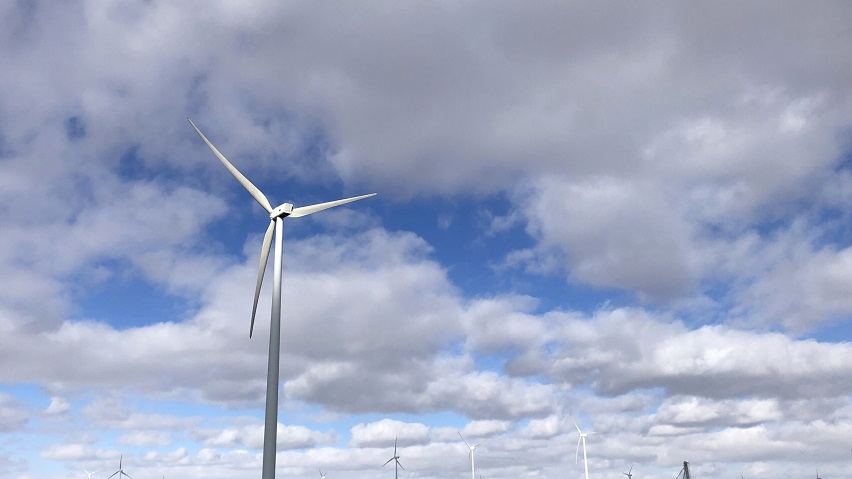OKLAHOMA CITY, OK – Two pieces of legislation currently advancing through the Oklahoma State Legislature could significantly impact where wind turbines are allowed to be built in the state, prompting a heated debate over property rights and aesthetics.
Senator Grant Green, a Republican from Wellston, has introduced a bill that would prevent wind turbines from being constructed within a quarter of a mile from a neighboring property owner’s home. The bill passed through the Senate floor on March 27 and is now under consideration in the House. Green argues that the measure strikes a necessary balance between protecting the rights of neighboring property owners and allowing landowners to develop their land as they see fit.
“I tried to find a balance for the neighbors and the property rights of the guy that bled and sweat and cried tears to pay for their mortgages,” Green said in defense of his proposal.
However, some lawmakers argue that the bill infringes on property rights, suggesting that it could set a concerning precedent for future land use disputes. Senator Casey Murdock, a Republican from Felt, expressed concerns that the legislation could lead to new challenges for landowners. He raised the question of whether farmers and ranchers might soon find themselves under scrutiny from neighbors who move into areas near their operations.
“In the future, do I need to worry about someone moving into, buying five acres close to my operation? Do I need to worry that maybe whoever buys that might not like my black cows?” Murdock said, illustrating his concerns about the potential overreach of the bill.
Green’s legislation mirrors a separate bill introduced by Representative Trey Caldwell, a Republican from Faxon, which has already advanced through the House. Caldwell’s bill would require wind turbines to be placed at least half a mile away from any dwelling or home. Like Green’s proposal, Caldwell’s bill has drawn mixed reactions from lawmakers and industry stakeholders alike.
Mark Yates, Executive Director of the Oklahoma Power Alliance, weighed in on the discussion, noting that while safety concerns might justify setbacks from homes, the bills seem more focused on addressing aesthetics rather than any actual safety risks. “If we’re addressing, you know, a safety concern, certainly if you want to sit back from a dwelling that makes sense,” Yates said. “This seems to be more of we’re regulating towards aesthetics. We just don’t want to see something. And so, therefore, we’re placing some additional regulation.”
The debate over the placement of wind turbines comes as Oklahoma continues to expand its wind energy capacity. The state has become a leader in wind energy production in the U.S., and the proposed bills are part of a larger conversation about how to balance development and environmental concerns with the interests of local residents.
As both bills continue to make their way through the legislative process, the outcome remains uncertain. While some argue that these measures are necessary to protect the interests of property owners, others believe they may stifle the growth of renewable energy projects in the state. Only time will tell whether the legislature will take a step toward limiting wind turbine placement or allow for broader development in the wind energy sector.

